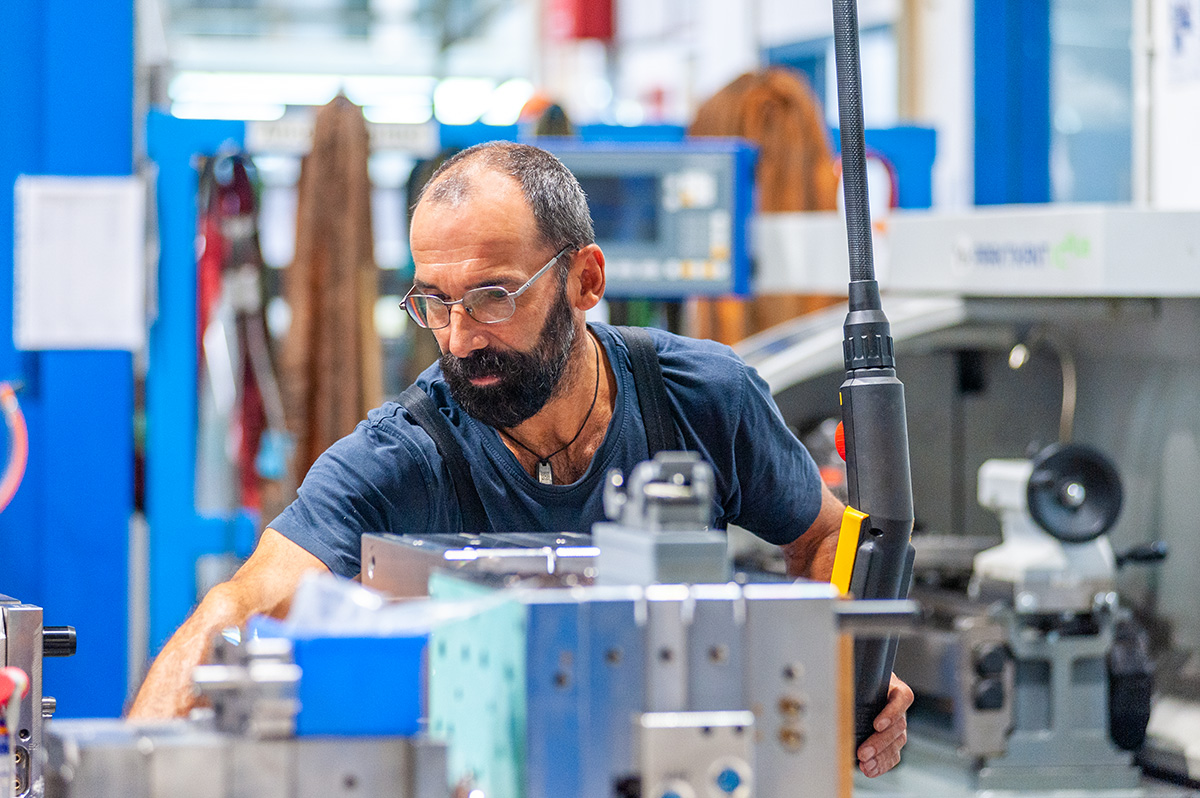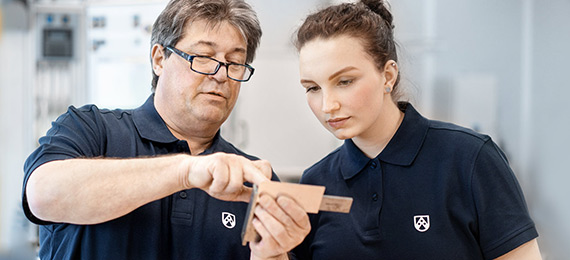Design Thinking: Integrating the Patient's Perspective
We chose a patient-centric development approach in collaboration with the Department of Clinical
Pharmacology & Pharmacoepidemiology at Heidelberg University Hospital to develop optimized closure solutions for impaired patients. We had access to patients with scleroderma and rheumatoid arthritis, who took part in an application study. Based on first insights and hypotheses about patients' needs, alternative closure designs were developed. These designs were then tested by the affected patient group regarding easier opening and closing compared to a standard closure, using different grip techniques. Subsequently, the ergonomic design solution was further refined in an iterative process, based on observations and interviews from this application study.
























